
Le guide de la médecine et de la santé
en Afrique francophone
Suivez-nous :
 Identifiez-vous | Inscription
Identifiez-vous | Inscription

Suivez-nous :
 Identifiez-vous | Inscription
Identifiez-vous | Inscription

Publié dans Médecine d'Afrique Noire 6001 - Janvier 2013 - pages 38-44
 Le syndrome cardio-rénal dans un service de médecine interne à Abidjan : à propos de 70 cas
Article Open access
Le syndrome cardio-rénal dans un service de médecine interne à Abidjan : à propos de 70 cas
Article Open access
Auteurs : K.H. Yao, R. N’guetta, S. Sanogo, A. Hue Lou, S.L Sery, A.D. Diallo - Côte d'Ivoire
Introduction : Nous avons réalisé cette étude pour décrire les particularités du syndrome cardio-rénal dans le service de néphrologie - médecine interne du centre hospitalier universitaire de Treichville à Abidjan. Il s’agit d’une étude longitudinale prospective de patients hospitalisés dans ce service pour une atteinte rénale et cardiaque associée sur une période de 18 mois.
Résultats : L’âge moyen des patients était de 44 ans, avec des extrêmes de 18 et 73 ans. Une prédominance masculine a été observée avec un sex-ratio de 3,36. Les tares suivantes ont été observées : 52 cas d’hypertension artérielle (74,3%), 8 cas de maladie rénale chronique (11,4%) et 6 cas de cardiopathie (8,5%). Le principal motif d’admission était la dyspnée dans 74% des cas, suivie des vomissements (8,5%) et de la perte de connaissance (5,71%). L’examen clinique a mis en évidence un œdème aigu du poumon chez 52 malades (74%), une insuffisance cardiaque gauche chez 6 patients (8,5%) et une anémie chez 56 patients (80%). Selon la classification K/DOQI, on observait 51 cas d’insuffisance rénale au stade V (72,8%), 12 cas au stade IV (17,1%) et 7 cas au stade III (10%). La protéinurie réalisée chez 50 patients était supérieure à 2 grammes par jour dans 52% des cas et inférieure à 1 gramme par jour dans 48% des cas. Les principales anomalies à l’électrocardiogramme étaient l’hypertrophie ventriculaire gauche (77,7%), l’hypertrophie auriculaire gauche (5,5%). L’échocardiographie a révélé les anomalies suivantes : une cardiomyopathie dilatée hypokinétique (34,4%), une cardiomyopathie hypertrophique (58,6%) et une dilatation de l’oreillette gauche (6,8%). Le syndrome cardio-rénal (SCR) le plus observé était le type IV (65,7%), suivi du type I (20%), du type II (8,5%) et du type V (1,4%).
Conclusion : Le SCR était en majorité constitué d’une IRC au stade terminal aboutissant à une cardiopathie chronique chez des sujets jeunes et hypertendus.
Introduction: We realized this study to describe the particularities of the cardio-renal syndrome in the service of Internal medicine-Nephrology of the university hospital of Treichville in Abidjan. It is about a forward-looking longitudinal study of patients hospitalized in this service for a renal and car-diac dysfunctions associated over a period of 18 months.
Results: The average age of the patients was of 44 year-old, with extremes of 18 and 73 years. A male ascendancy was observed with a sex-ratio of 3,36. The following defects were observed: 52 cases of arterial hypertension (74,3%), 8 cases of chronic renal disease (11,4%) and 6 cases of heart disorder (8,5%). The main motive for admission was the dyspnoea in 74% of the cases, followed by the vomits (8,5%) and of the loss of consciousness (5,71%). The clinical examination brought to light an acute pulmonary edema at 52 patients (74%), a left cardiac insufficiency at 6 patients (8,5%) and an anemia at 56 patients (80%). According to the K/DOQI classification, we observed 51 cases of renal insufficiency at the stage V (72,8%), 12 cases at the stage IV (17,1%) and 7 cases at the stage III (10%). Proteinuria realized at 50 patients was superior in 2 grammas a day in 52% of the cases and subor-dinate in 1 gramma a day in 48 % of the cases. The main abnormalities in the electrocardiogram were the ventricular hypertrophy left (77,7%), the auricular hypertrophy left (5,5%). The cardiography revealed the following abnormalities: a dilated cardiomyopathy hypokinetic (34,4%), a cardiomyopathy hypertrophic (58,6%) and a dilation of the left auricle (6,8%). The cardio-renal syndrome the most observed was the type IV (65,7%), followed by the type I (20%), by the type II (8,5%) and of the type V (1,4%).
Conclusion: the SCR was established for the greater part by an IRC at the terminal stage ending in a chronic heart disorder to young and with arterial hypertension subjects.
 Lire l'article (PDF)
Article Open access
Lire l'article (PDF)
Article Open access
Cet article est actuellement coté ![]() (1,0 étoiles) par les abonnés de APIDPM Santé tropicale.
(1,0 étoiles) par les abonnés de APIDPM Santé tropicale.
Il a été consulté 4274 fois, téléchargé 118 fois et évalué 1 fois.
Retour - Sommaire de ce numéro
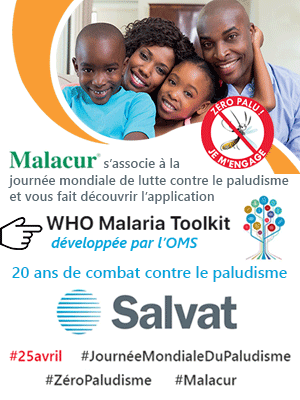
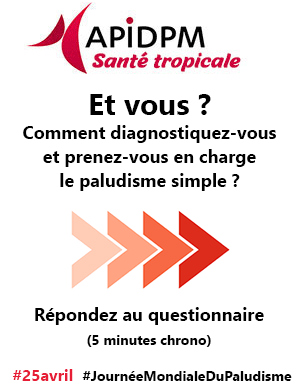
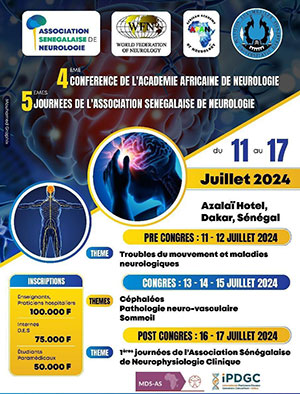

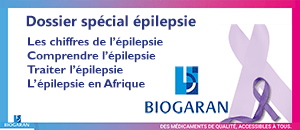


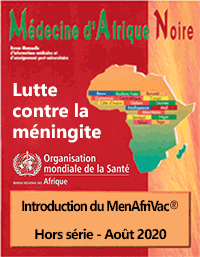


![]() Adresse
Adresse
![]() Téléphone
Téléphone
Revue MAN
Revue OST
Actualités
Webinaires
Espaces labos